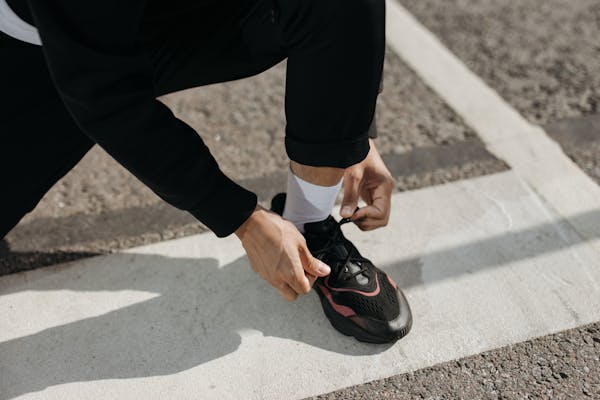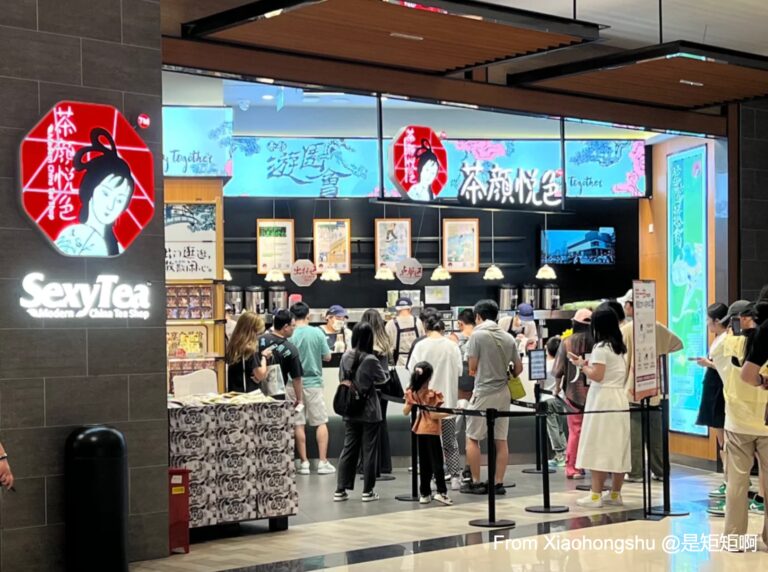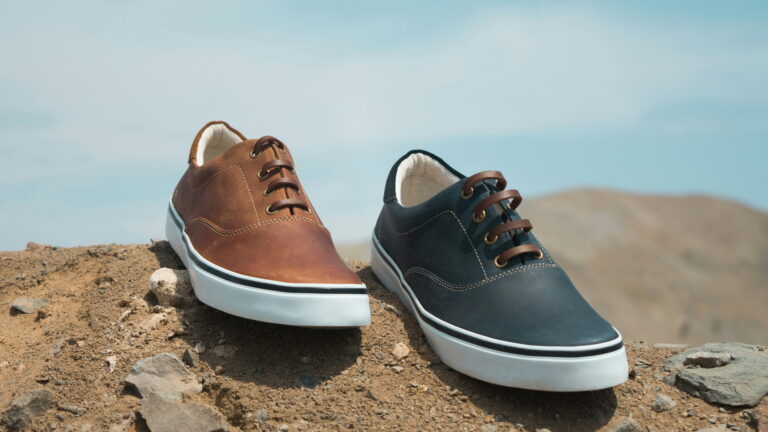In 2024, China’s sneaker market was shifted by the rise of both national and niche, premium outdoor brands. Sneakers have become a popular fashion trend and status symbol among Chinese consumers, particularly the younger generation. This market holds great potential due to the increasing influence of outdoor sportswear in fashion and the growing focus on footwear comfort among the middle class.
Download our 2024 China Summer Sports Market report
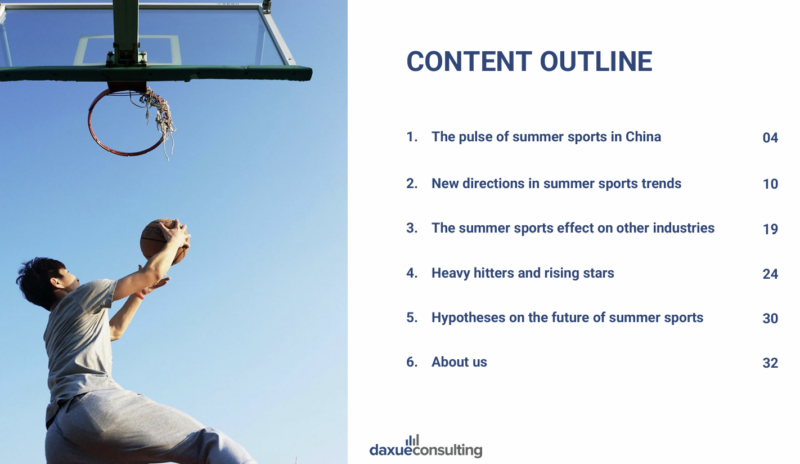
China’s sneaker market is thriving
According to Statista, the sneaker market in China is expected to generate USD 19.6 billion in revenue by 2025, with an estimated revenue of USD 13.7 per capita. China’s sizable population has contributed to the profitability of the sneaker market, which has shown consistent growth over the years.
Despite experiencing negative growth in 2021 due to the COVID-19 pandemic and the Russia- Ukraine war, the sneaker market has demonstrated an overall upward trend. The Compound Annual Growth Rate (CAGR) for the period 2025-2029 is expected to be 6.67% per year.
Young consumers unlock the potential of the sneaker market in China
China’s young consumers and increasing disposable income have contributed to the growth of the sneaker market. Middle-class consumers are increasingly brand-conscious and willing to pay high prices for brands that are internationally recognized. Sneakers, with their casual-sporty style, have emerged as a popular fashion trend among this group.
Health awareness among Chinese consumers is also on the rise. They are increasingly willing to invest in services and experiences that enhance their quality of life. There has been a rise in outdoor activities and citywalk engagement among city dwellers, which increased the demand for good pairs of sneakers.
Gen Z and millennials, though sometimes with limited income, prioritize sneakers as a form of self-expression. Secondhand marketplace platforms like Xianyu (Idle Fish) enable cost-conscious youth to participate in sneaker culture.
Dewu: revolutionizing the sneaker market and engaging with young Chinese consumers
According to EnData, 57% of the consumers in China in 2024 prefer purchasing sports products online. For sneakers priced between RMB 50 to RMB 300, consumers prefer to get those from sites like Taobao and Douyin. JD.com accounted for around 17% of online sneaker sales, where most of the transactions here ranged from RMB 500 to RMB 1,000 per pair.
There is a new rising platform that has gained popularity in the sneaker market, especially among the young generation. Dewu, a B2C and C2C e-commerce platform, is differentiated through its “authenticate first, ship later” shopping process and diverse product selection, making it a sought-after e-commerce platform.
Moreover, Poizon (the English name of the app) has successfully cultivated a vibrant lifestyle community that resonates with the younger generation. Within the app, users can engage with one another, discuss their purchases, and share their impressions. The platform boasts an active community of sneaker enthusiasts who extensively exchange information about the latest releases. It also offers an annual ranking of sneakers, which can influence consumers’ buying decisions.
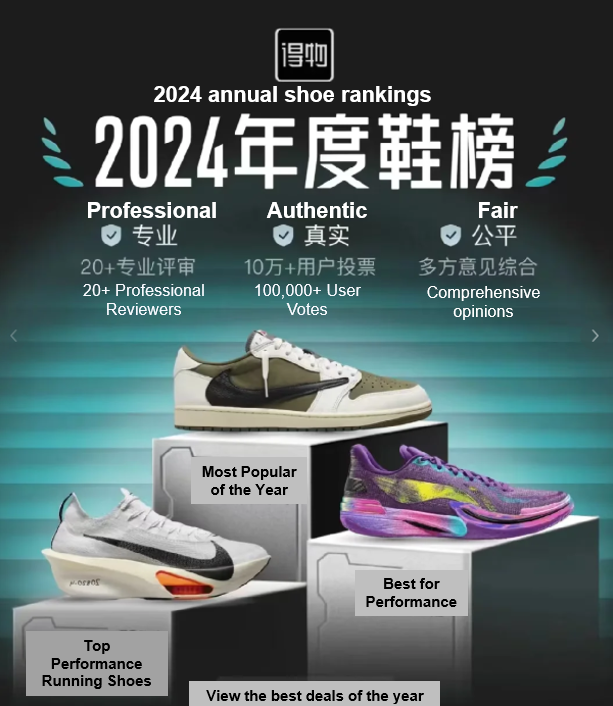
The rise of national brands in China’s sneaker market
How “Guochao” promoted the rise of local sneaker brands
Guochao refers to the growing consumer preference for Chinese brands, designs, and culture, embracing traditional elements and invoking national pride. With the emergence of Guochao, Li Ning effectively leveraged its “Made in China” identity to promote its products, striking a chord with consumers by combining patriotism with supporting domestic brands. The “Xinjiang cotton” scandal in 2020 further solidified this trend, leading to explosive growth in sales for Chinese brands like Li Ning and Anta, as more consumers chose to support local brands. Additionally, as some consumers shift toward consumption downgrade, they have become more price-sensitive. This makes the cost-effective offerings of local brands more appealing.
Consumers seek comfort, functionality, and style in sneakers
International sportswear brands like Nike, Adidas, and Skechers are prominent players in China’s sneaker market. Nike, in particular, has achieved tremendous success in the country. As sneakers and streetwear styles from the U.S. gained popularity in the country, established American brands like Nike enjoyed a strong global reputation for their quality, innovation, and stylish designs.
Meanwhile, Chinese consumers are shifting to outdoor brands for functional fashion as everyday wear. Previously niche and premium outdoor brands took the stage in China’s sneaker market. Urbanites in China’s southern cities, such as Shanghai and Shenzhen, are turning to breathable, lightweight, and waterproof materials such as GORE-TEX to cope with rainy winters and humid summers. Thus, brands like Salomon, Patagonia, On Running, and HOKA, which offer sleek designs that pair well with streetwear, are gaining traction.
Gorpcore: Instilling technicality into China’s sneaker market
Gorpcore is a fashion trend that started on Instagram. The term “gorp” means “Good Old Raisins and Peanuts” – the common trail mix among hikers. The trend emphasizes a rugged, outdoorsy look that incorporates functional sneakers, cargo pants, and puffer jackets into casual wear.
As Chinese consumers picked up on outdoor sports such as hiking and trail running, Gorpcore, which blurred the lines between outdoor gear and streetwear, was popularized by fashionistas on Chinese social media such as Xiaohongshu (also known as RedNote) and Douyin. Chinese consumers are looking for outdoor-inspired sneakers that provide functionality, such as waterproofing and durability and are fashionable for urban settings. This increased the popularity of brands such as Salomon, Hoka ONE ONE, and Merrell. Traditional sportswear brands like Nike also incorporate gorpcore-inspired designs under its Nike ACG series.
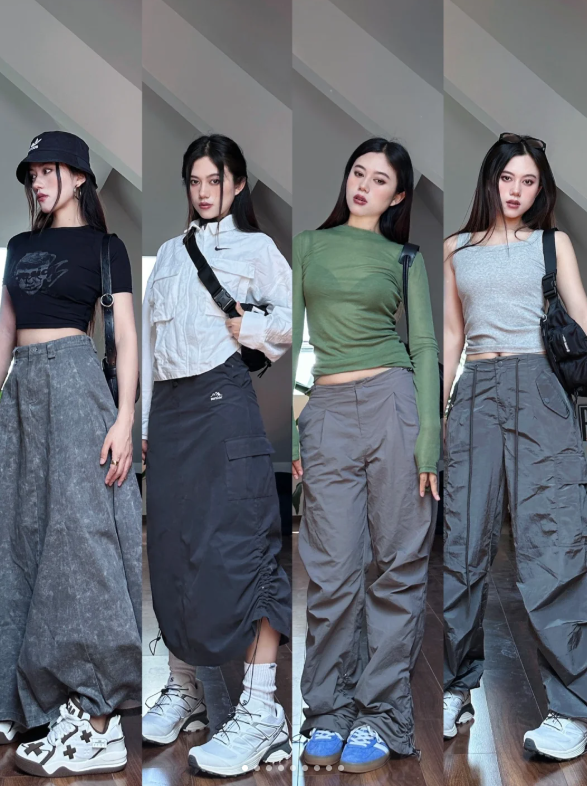
Latest developments in China’s sneaker market
- The market is projected to reach USD 19.6 billion by 2025, driven by a growing middle class, rising disposable incomes, and the popularity of sneakers as both fashion statements and status symbols.
- Gen Z and millennials are key consumers, prioritizing sneakers for self-expression. The “Guochao” trend has fueled the rise of domestic brands like Li Ning and Anta, as consumers embrace national pride and cost-effective options.
- Niche outdoor brands like Salomon and HOKA are gaining popularity as urban consumers seek stylish yet functional sneakers for activities like hiking and city walks, influenced by the Gorpcore trend.
- Platforms like Dewu (Poizon) are reshaping the sneaker market with their “authenticate first, ship later” model while fostering a vibrant community of sneaker enthusiasts and influencing buying decisions through annual rankings.


